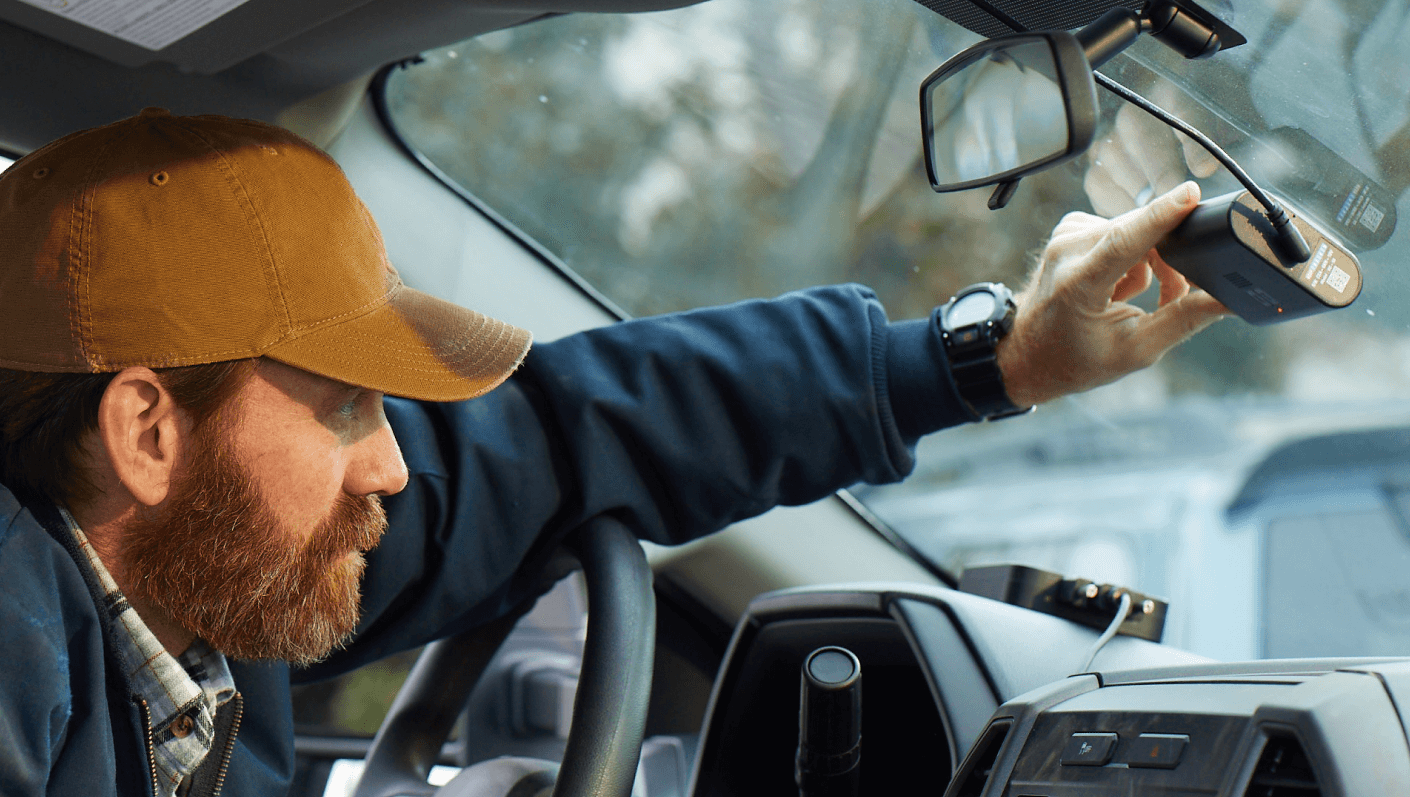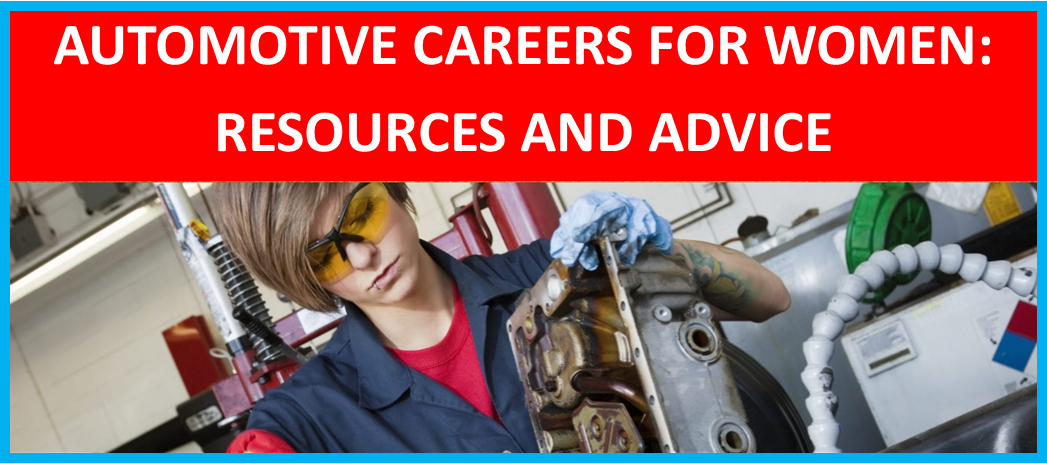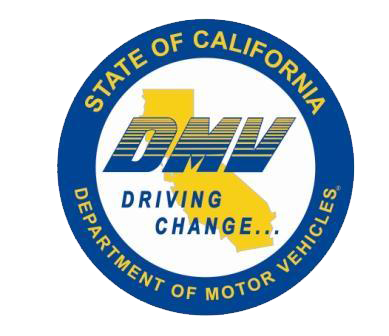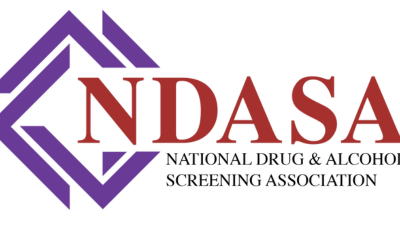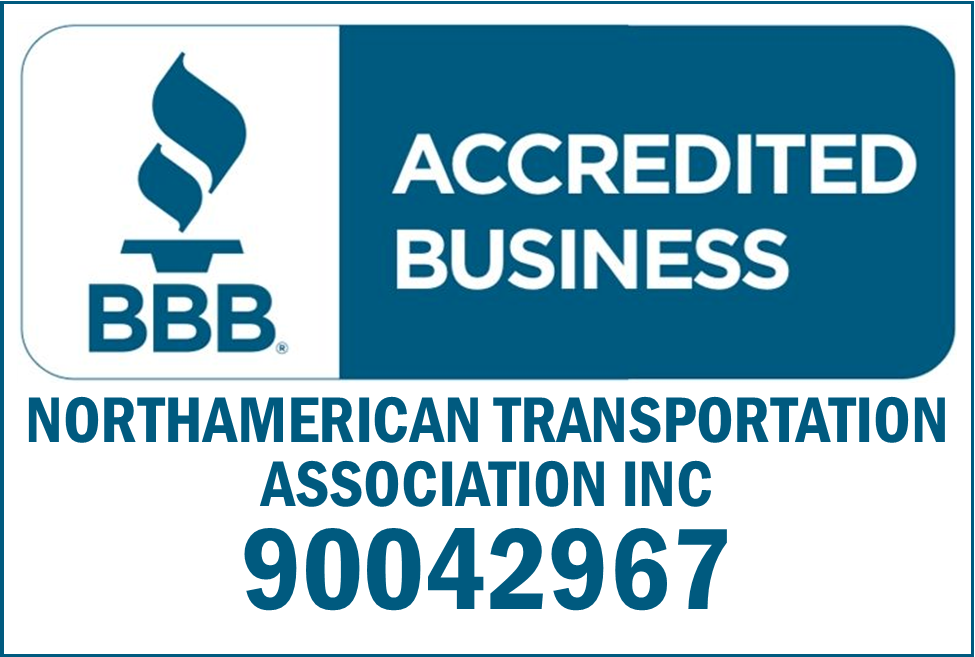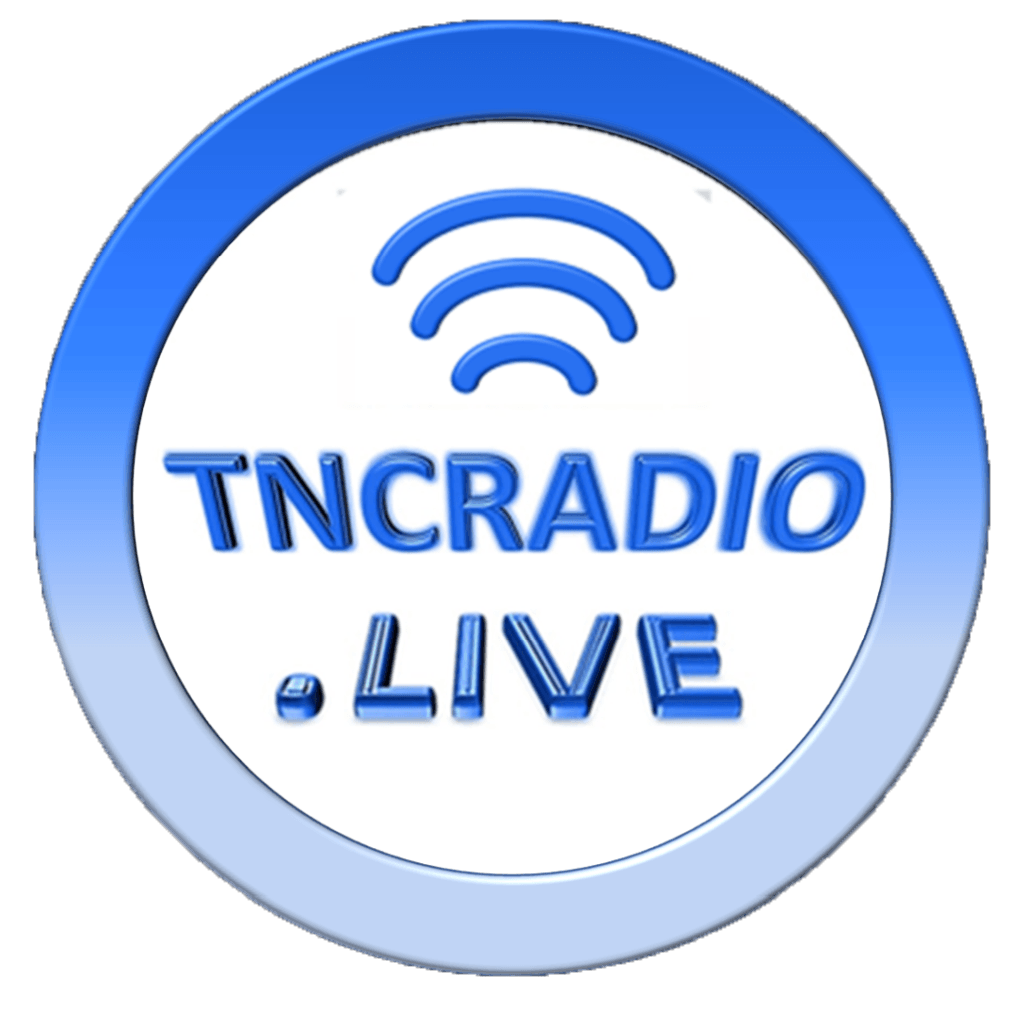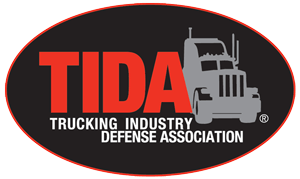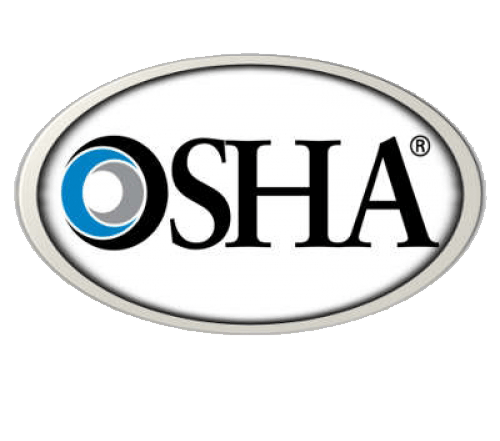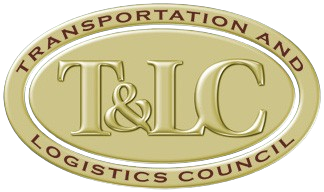How to Protect your Insurance Rates
How to Protect your Insurance Rates
The commercial auto insurance market, which includes truck insurance, has been a weak performer for years. That isn’t likely to change anytime soon.
That’s the conclusion of a report by the AM Best ratings agency. The very title of the report — “Profitability Remains Elusive” — signals that any relief for truckers coming from an improvement in the finances of the insurance industry in general will be a tough hill to climb. In the same way that operating ratio is the most basic measuring stick of trucking and transportation profitability, combined ratio is the benchmark for insurance. Just like an Operating Ratio (OR) of more than 100 signals unprofitability, so does a combined ratio in insurance.
According to the AM Best report, the commercial auto sector, which includes trucking, has not had an industrywide combined ratio of less than 100 since 2010. The deterioration has been almost annual, with an improvement in 2014 that didn’t stick and another in 2018 that also turned further negative for the industry in 2019. The combined ratio in 2019 was 109.4, the third- worst in the stretch of red ink from 2011 through 2019. The report said the 2019 underwriting loss of $3.9 billion “is the worst loss in 10 years, continuing a trend of progressively worsening results for commercial auto writers.”
Loss and loss adjustment, part of the calculation for the combined ratio, “continues to grow because more claims are going through costlier litigation,” the report said. And the problem in the auto sector is not part of a problem across the insurance industry in general. The combined ratio was higher than that of the property and casualty or the “commercial lines” insurance business.
More troubling is the fact that for the insurers, what the industry calls “prior year loss adverse development” was up 7% in 2019 to $2.5 billion. What that means is that while insurers had planned for a certain level of losses on claims that had not yet been settled, the claims ended up 7% worse to the insurer than planned.
According to AM Best, 2019 was particularly off the mark. Each of the 10 prior accident years had “adverse development,” a situation the analysis calls “extremely rare.” But at a certain point, the situation should turn, AM Best says, given how unusual that period has been: “this means that some prior years may develop favorably moving forward,” the report said. Pricing and risks need to be aligned
But it’s the overall situation that portends higher rates for clients of the commercial auto line. “Going forward, companies will have to do a better job of pricing risks to be commensurate with escalating loss costs on the pricing side,” the report said. The report concedes that has been going on. Insurers “have made concerted efforts to raise rates and improve price adequacy,” AM Best said, citing various industry surveys. But it may not be enough, the report said, pointing to nuclear trucking verdicts. “Tighter underwriting standards and raising rates can do only so much to address rate needs for commercial auto writers when large jury awards are such a serious issue for the industry,” AM Best said.
One of the reasons for the surge in litigation and subsequent verdicts, the report said, is “litigation financing,” with a third party financing an attorney’s cases, allowing those attorneys to pursue a higher number of cases. The report cites the now-familiar list of developments and possible reforms that could alleviate that burden: plaintiffs going after the trucking company as well as the driver; putting more cameras into the cab and truck; seeking tort reform. But the report also says plaintiffs in cases are arguing that the verdicts should persuade the trucking industry to move away from certain steps it is advocating, “such as lowering the minimum age to acquire a commercial driver’s license or easing hours-of-service regulations.”
The Solution
KeepTruckin has built the world’s largest network of truckers, with over 500,000 drivers within 50,000 fleets. But why are dash cams for truckers so popular? Well, it comes down to three main factors.
Firstly, both the software and hardware are quick and easy to install. This means you’ll never have to take your foot off the gas for any installation mishaps, and your drivers can focus on the day’s site jobs.
Secondly, KeepTruckin’s Smart Dashcam comes with loads of helpful features to help improve your fleet’s efficiency. You’ll benefit from GPS tracking, automated fuel tax reporting, HOS violation tracking and many more features.
Lastly, KeepTruckin’ is fully ELD Mandate compliant, which makes your audits feel like a breeze and keeps your overall costs down.
KeepTruckin’s Smart Dashcam is the answer for the wise man or woman owner to choose. You can actually see what happened on the road and in the cab during the incident. When the ELD detects a critical event – including harsh braking, acceleration or hard cornering – the Smart Dashcam will record 10 seconds of HD footage before and after the event. The recording is then immediately sent to the KeepTruckin dashboard for your review. Dash cams can only protect your drivers and encourage safe driving if the device is connected to the vehicle. That’s why the KeepTruckin’ Smart Dashcam will send you an alert if it becomes disconnected, which also lets you see who the driver was at the time the dash cam was unplugged.
Only a smart man or woman would protect their investment in their business with intelligent video monitoring.
The Smart Dashcam does not require any additional data usage and is compatible with the Keep Truckin’ Gateway.
KeepTruckin’ also offers ELD Compliance, GPS Tracking, Trailer Tracking, Vehicle Maintenance & more.
Content Disclaimer: Due to the constantly changing nature of government regulations, it is impossible to guarantee the total and absolute accuracy of the material contained herein or presented. NorthAmerican Transportation Association (NTA) cannot and does not assume any responsibility for omissions, errors, misprinting or ambiguity contained. NTA shall not be held liable in any degree for any loss, damage or injury caused by any such omission, error, misprinting or ambiguity present. It is made available with the understanding that NTA is not engaged in rendering legal, accounting or other professional service. If legal advice or other expert service is required, the services of such a professional should be sought.
